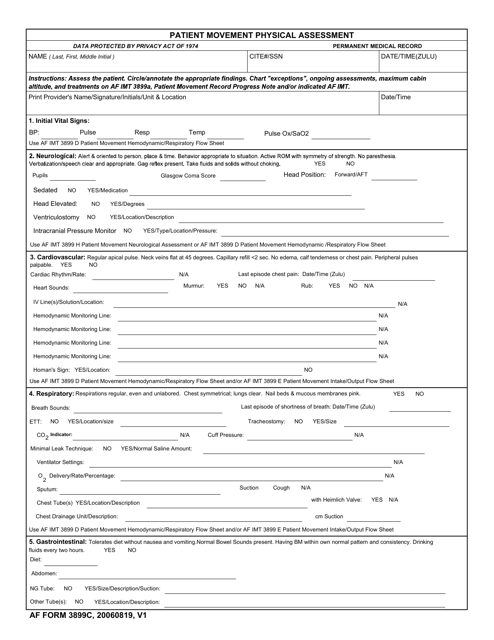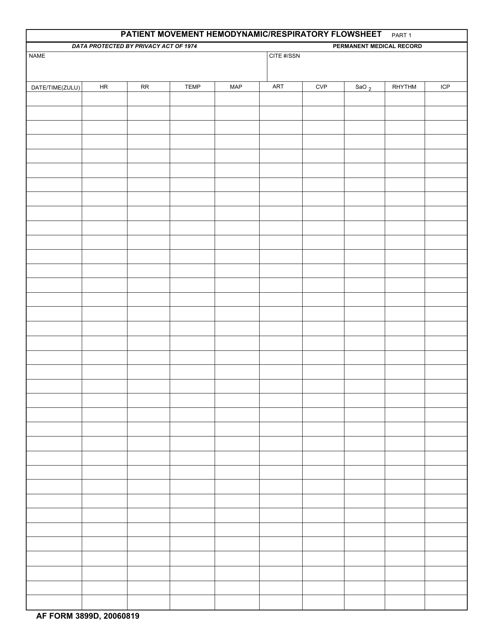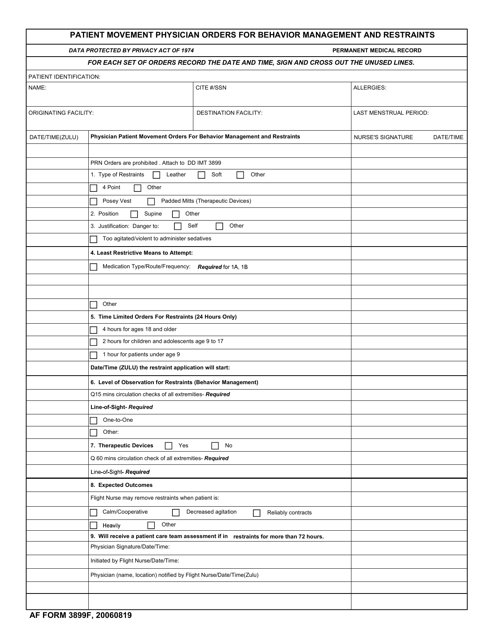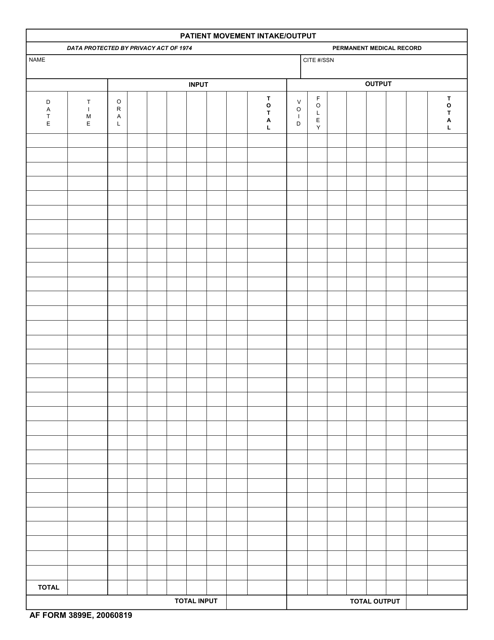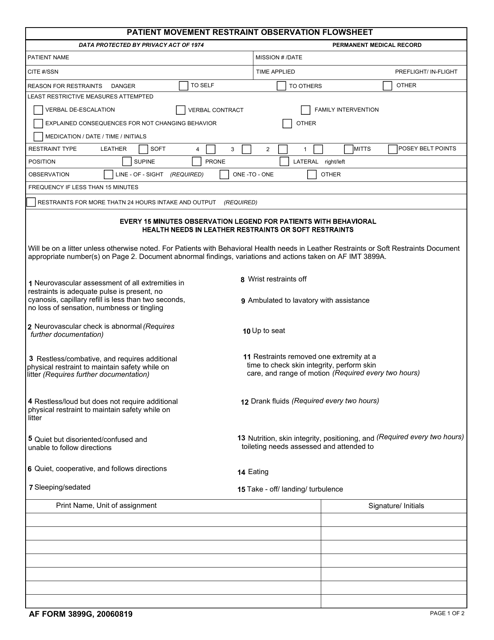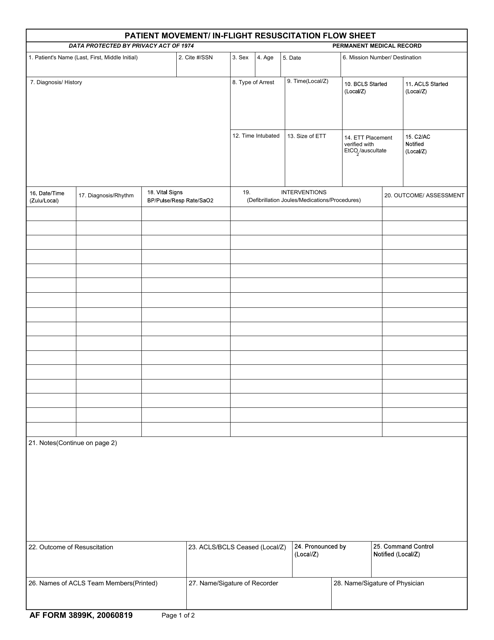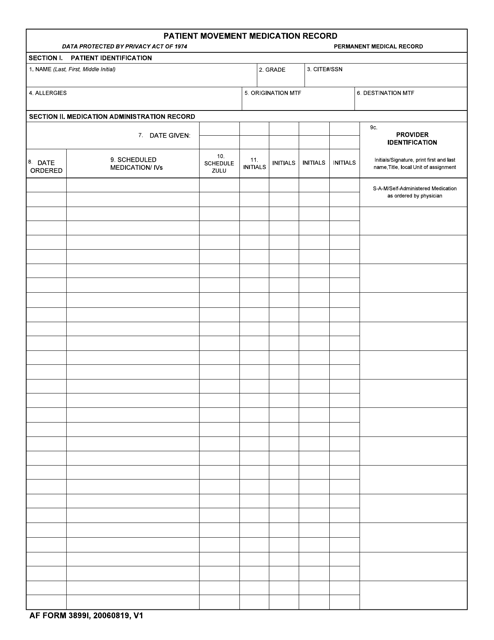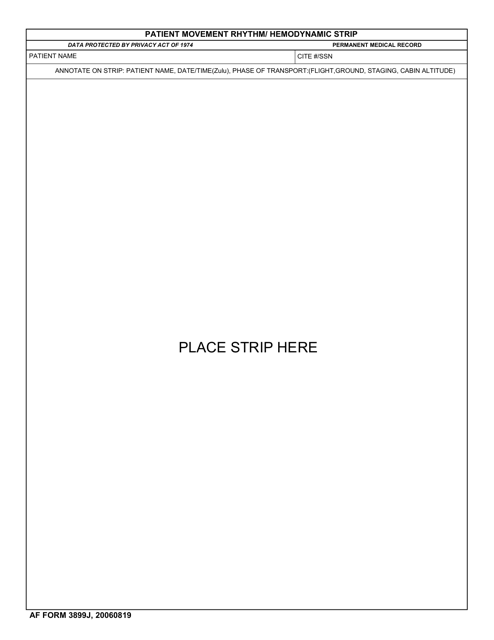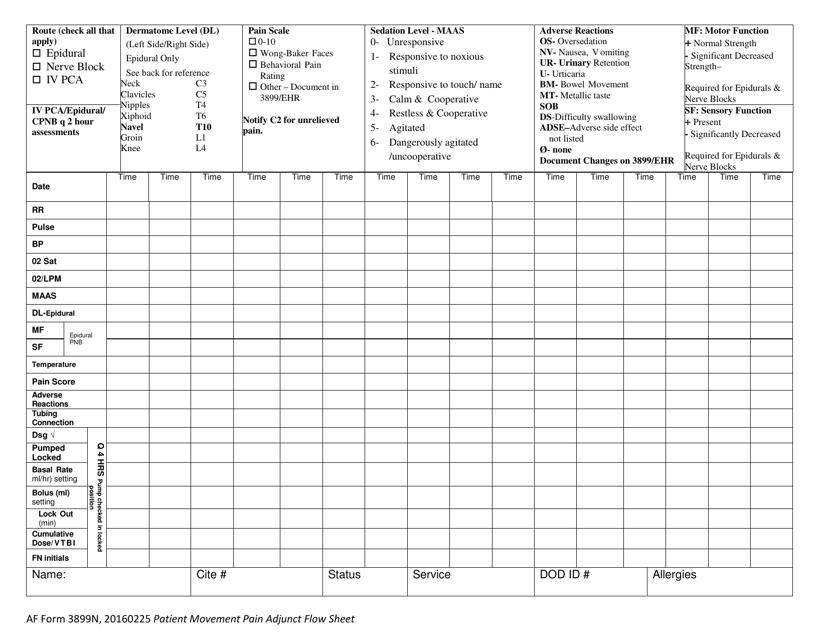Patient Movement Templates
When it comes to the safe and efficient movement of patients within the medical system, various documents are crucial to ensuring their well-being. These documents, often referred to as patient movement records or patient movement assessments, are essential for tracking and monitoring the conditions and needs of patients during their transfer or transportation. These documents help healthcare professionals maintain a detailed record of physical assessments, neurological evaluations, restraint observation, and even in-flight resuscitation procedures.
Patient movement records serve as a comprehensive account of a patient's health status throughout their journey within the medical system. These documents play a vital role in ensuring the continuity of care, as they provide valuable information for medical personnel handling the patient at each stage of movement. By recording critical details such as physical assessments, neurological evaluations, and pain management, these documents enable healthcare providers to make informed decisions and deliver appropriate interventions.
The patient movement records, also known as patient movement assessments, are meticulously maintained by medical professionals to facilitate seamless transitions during transfers or transportations between healthcare facilities, whether within the country or internationally. They provide an accurate overview of a patient's condition, allowing healthcare providers to effectively communicate and coordinate care across medical teams.
In addition to their role in medical continuity and patient safety, patient movement records are essential for administrative purposes. These documents assist in billing and reimbursement processes, ensuring accuracy and transparency in financial transactions related to patient transfers or transportation.
Patient movement documents, such as the AF Form 3899C, AF Form 3899H, AF Form 3899G, AF Form 3899K, and AF Form 3899N, capture crucial information needed for appropriate and timely medical interventions. These documents ensure that healthcare professionals have a comprehensive understanding of a patient's condition throughout the journey within the medical system. By maintaining accurate and detailed patient movement records, medical teams can provide the highest quality of care and facilitate efficient inter-facility transfers while prioritizing patient safety and well-being.
Documents:
12
This form is used for patients who are waiting for airlift transportation for medical purposes.
This form is used for documenting physician orders related to the movement of patients.
This form is used for conducting a physical assessment of patients during their movement.
This Form is used for documenting hemodynamic and respiratory information during patient movement.
This type of document is used for issuing physician orders for behavior management and restraints during patient movement.
This form is used for recording the intake and output of patients during their transportation.
This document is used for conducting a neurological assessment of patients during movement.
This Form is used for recording observations and documentation related to patient movement restraints.
This form is used for documenting the medical information and procedures related to patient movement and in-flight resuscitation in the Air Force.
This document is used for recording medication information during patient movement.
This Form is used for capturing patient movement rhythm and hemodynamic strip information.
This type of document is used for tracking the pain levels of patients during their movement in a military healthcare setting.



